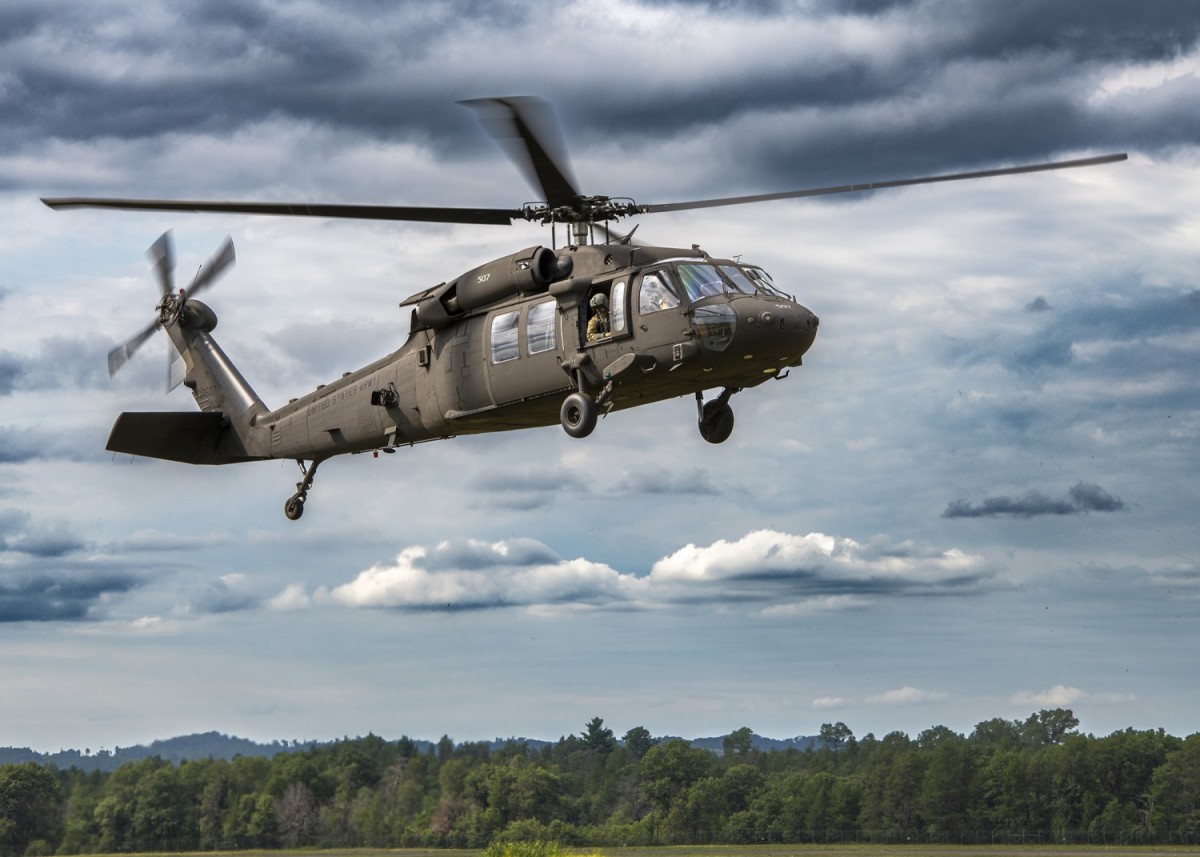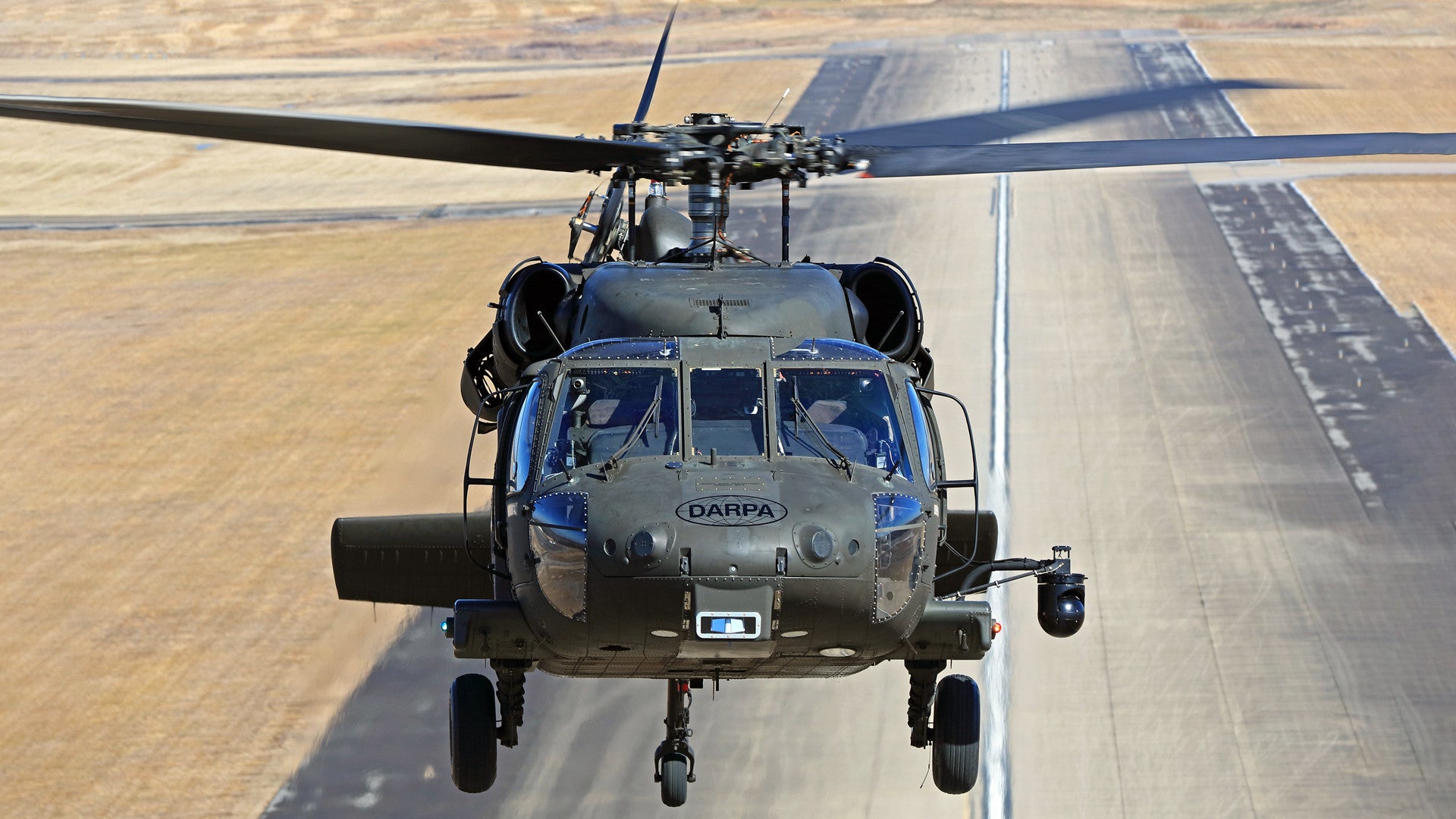Why Pilots and Staffs Rely on the UH60 for Vital and High-Stakes Goals
Why Pilots and Staffs Rely on the UH60 for Vital and High-Stakes Goals
Blog Article
Understanding the UH60: The Ultimate Military Helicopter Experience
The UH-60 Black Hawk helicopter stands for a critical evolution in military aeronautics, combining robust engineering with complex functional capacities. Its layout deals with a variety of goals-- from army transportation to clinical evacuation-- showing its flexibility throughout different battle situations. As we explore the history, requirements, and technological developments of the UH-60, it becomes evident that its duty fit modern-day armed forces methods is both far-ranging and substantial. This conversation invites a closer assessment of exactly how this impressive airplane remains to affect modern warfare characteristics.
History of the UH-60
Emerging from the need for a versatile utility helicopter during the late 1960s, the UH-60 Black Hawk was created by Sikorsky Airplane Corporation in feedback to the united state Military's need for a modern-day battleground transportation helicopter. The layout procedure started in 1972, culminating in its very first flight in October 1974. The Black Hawk was engineered to change the aging UH-1 Iroquois, additionally referred to as the "Huey," which had actually been a staple of Military air travel given that the Vietnam Battle.

Throughout the years, the Black Hawk has actually undertaken many upgrades, keeping its importance in modern-day armed forces procedures. Its success has actually caused the growth of different variants, serving several branches of the U. UH60.S. military and allied forces worldwide, developing the UH-60 as a keystone of military aviation history
Key Functions and Specifications
The UH-60 Black Hawk is identified by its advanced layout and durable specs, which add to its adaptability on the field of battle. This multi-role helicopter features a twin-engine configuration, powered by 2 General Electric T700-GE-701C engines, delivering an optimal output of 1,800 shaft horse power each. This powerful engine arrangement allows the Black Hawk to get to a maximum speed of roughly 183 knots (211 mph) and a service ceiling of 19,000 feet.
The airplane's composite rotor blades offer outstanding lift and ability to move, while its four-blade major blades system improves security (UH60). The Black Hawk is geared up with innovative avionics, including a digital cabin and evening vision abilities, making certain efficient operations in varied problems. Its cabin can accommodate as much as 11 soldiers or bring up to 8,000 pounds of freight, making it appropriate for different logistical demands
The UH-60's modular layout enables simple maintenance and upgrades, ensuring long life and versatility in evolving army needs. Furthermore, its innovative survivability attributes, such as crashworthy seats and armor, boost team safety and security throughout objectives. In general, the UH-60 Black Hawk represents a substantial advancement in armed forces aviation innovation.
Functional Duties and Missions
Convenience is a characteristic of the UH-60 Black Hawk, enabling it to do a large variety of functional duties and goals across numerous military environments. Mostly made for troop transportation, the Black Hawk can lug up to 11 soldiers and is regularly utilized in air assault operations, enabling fast insertion and extraction of ground forces in contested locations.

In enhancement to army transport, the UH-60 is skilled at clinical evacuation (MEDEVAC) missions. Geared up with sophisticated medical devices and personnel, it can quickly evacuate wounded soldiers from the combat zone, dramatically enhancing survival rates in vital situations. The helicopter also plays an essential duty in logistics sustain, delivering products, ammunition, and equipment to ahead operating bases in austere environments.
Additionally, the Black Hawk serves as a platform for special procedures goals, consisting of reconnaissance and direct activity. Its capability to run in numerous surfaces and its low-flying capacities make it an essential asset for devices conducting concealed operations.

Technological Innovations
Advancement in aviation modern technology has substantially boosted the abilities of the UH-60 Black Hawk, ensuring its relevance in modern-day army operations. The helicopter is geared up with advanced avionics systems that give pilots with remarkable situational recognition, including multi-functional displays, improved GPS, and cutting-edge surface recognition systems. These features allow precise navigating and goal execution, even in tough environments.
Additionally, the integration of data systems enables safe and secure and rapid information exchange in between units, assisting in worked with operations. The UH-60's upgraded blades systems and composite materials add to boosted performance, providing better rate, agility, and minimized upkeep costs.
Furthermore, improvements in weapon systems, such as the capability to release precision-guided artilleries, boost the Black Hawk's role in combat situations. The helicopter's ability to support medical evacuation objectives is likewise strengthened by new medical devices and innovations, making certain reliable patient care in transportation.
Last but not least, recurring improvements in stealth modern technology and sound reduction mechanisms even more solidify the UH-60's effectiveness internet in covert procedures, permitting it to run in aggressive areas with a minimized probability of discovery. Jointly, these technological developments highlight the Black Hawk's withstanding importance in military aviation.
Influence On Modern War
Boosted abilities of the UH-60 Black Hawk have profoundly affected modern-day war strategies and strategies. Its versatility in army transport, medevac operations, and reconnaissance duties has redefined the functional landscape for army forces. The helicopter's capacity to operate in varied atmospheres, from city setups to rugged surfaces, enables for greater tactical adaptability, making it possible for leaders to adapt promptly to altering battlefield problems.
The UH-60's sophisticated avionics and communication systems boost situational understanding, facilitating real-time knowledge sharing and coordination amongst systems. This capability is critical in contemporary crooked warfare, where rapid decision-making can establish the result view publisher site of involvements. Additionally, the helicopter's capacity for quick insertion and removal of unique procedures forces has actually become a trademark of modern-day armed forces projects, emphasizing rate and accuracy.
Furthermore, the Black Hawk's combination with unmanned aerial systems and other innovative technologies represents a change in the direction of multi-domain operations. Therefore, the UH-60 not just functions as a vital asset in traditional disputes yet also plays an essential function in counterinsurgency and peacekeeping goals, emphasizing its long-lasting influence on modern-day military teaching and the evolution of warfare.
Final Thought
The UH-60 Black Hawk stands for a pinnacle of military aviation, identified by its adaptability, advanced engineering, and durable design. Constant technological advancements and improvements have additional strengthened the Black Hawk's critical relevance, enabling quick action and versatility in diverse fight circumstances.

Development in air travel technology has actually dramatically improved the capabilities of the UH-60 Black Hawk, ensuring its relevance in modern-day armed forces operations.The UH-60 Black Hawk represents a peak of army aviation, identified by its adaptability, progressed engineering, and robust style.
Report this page